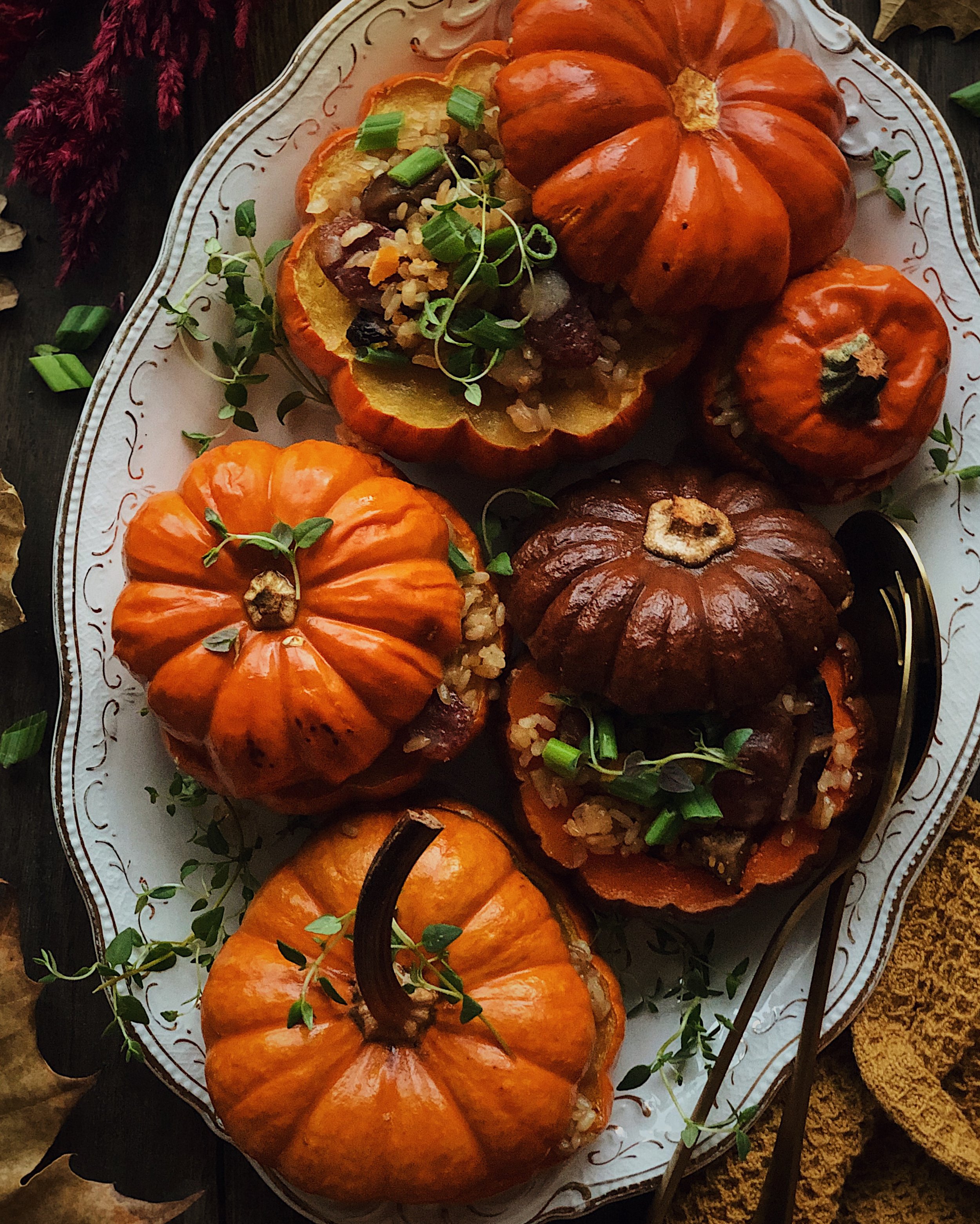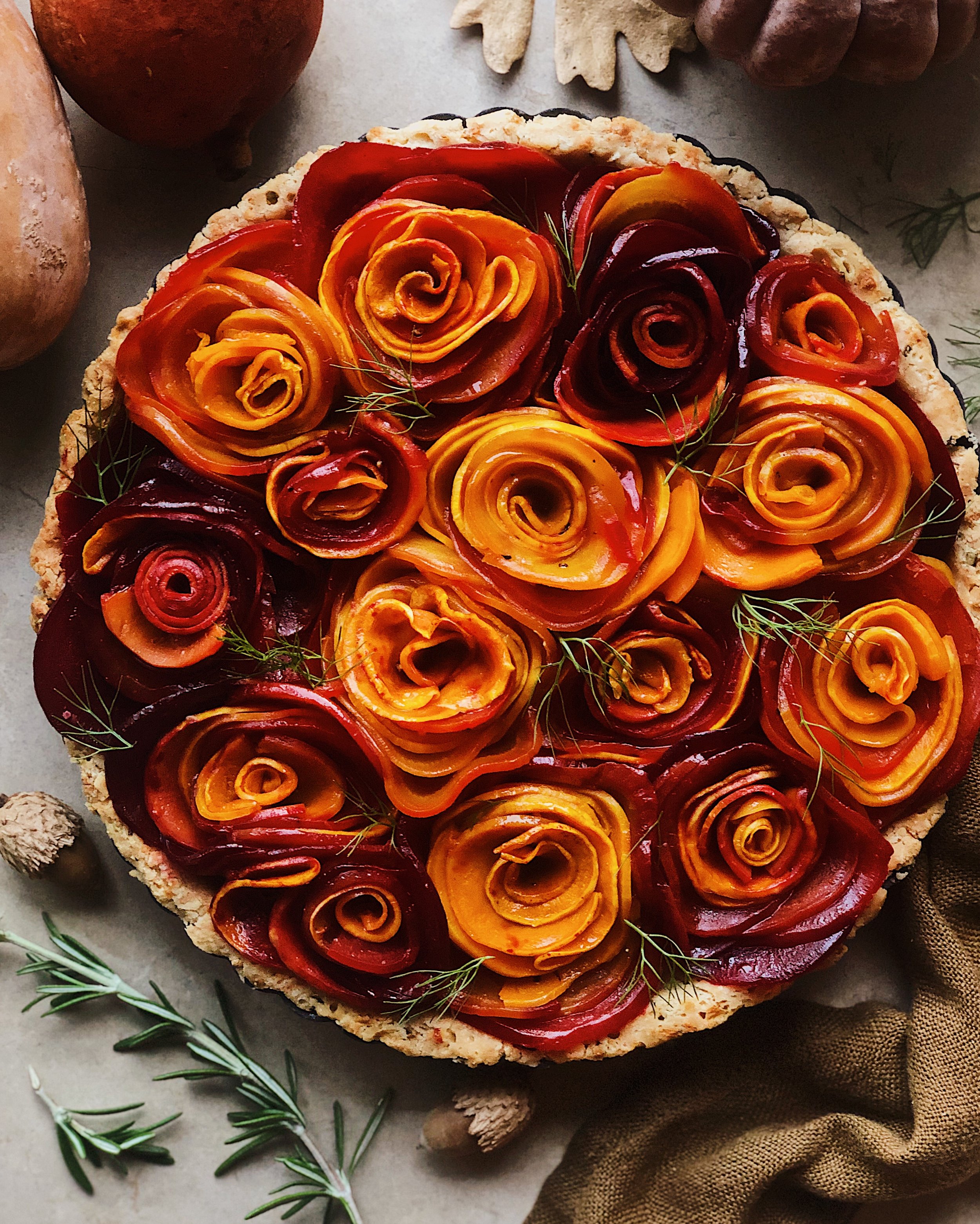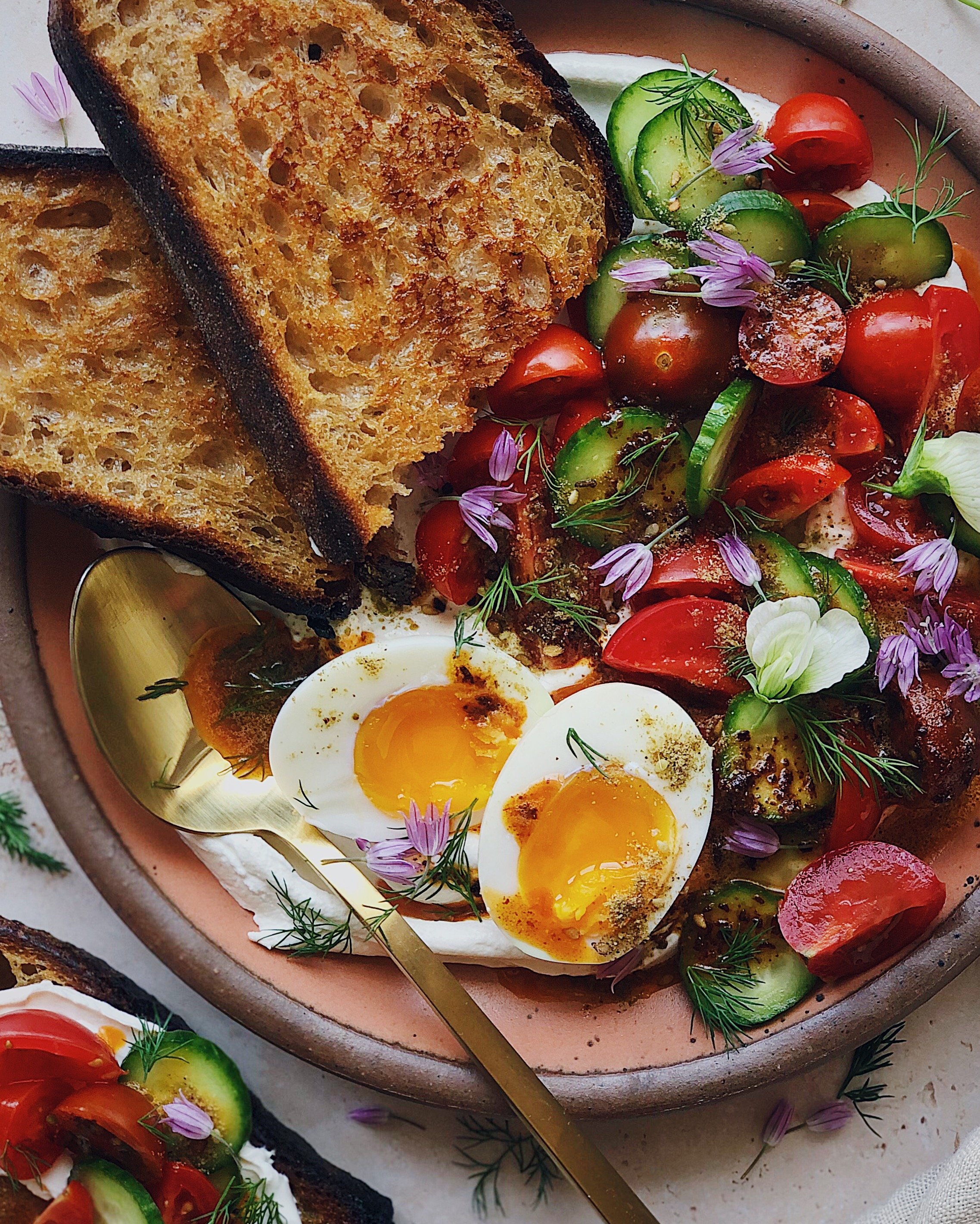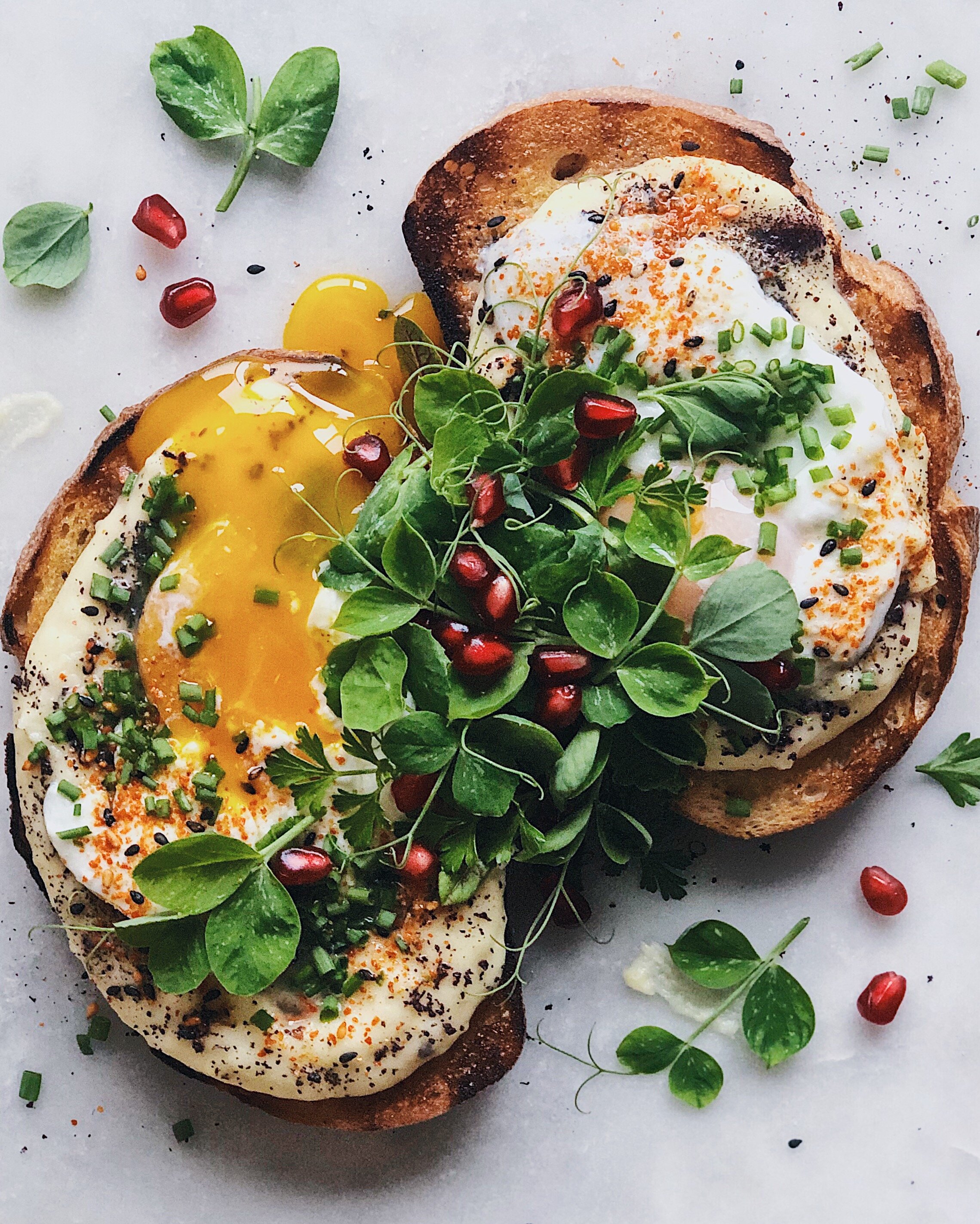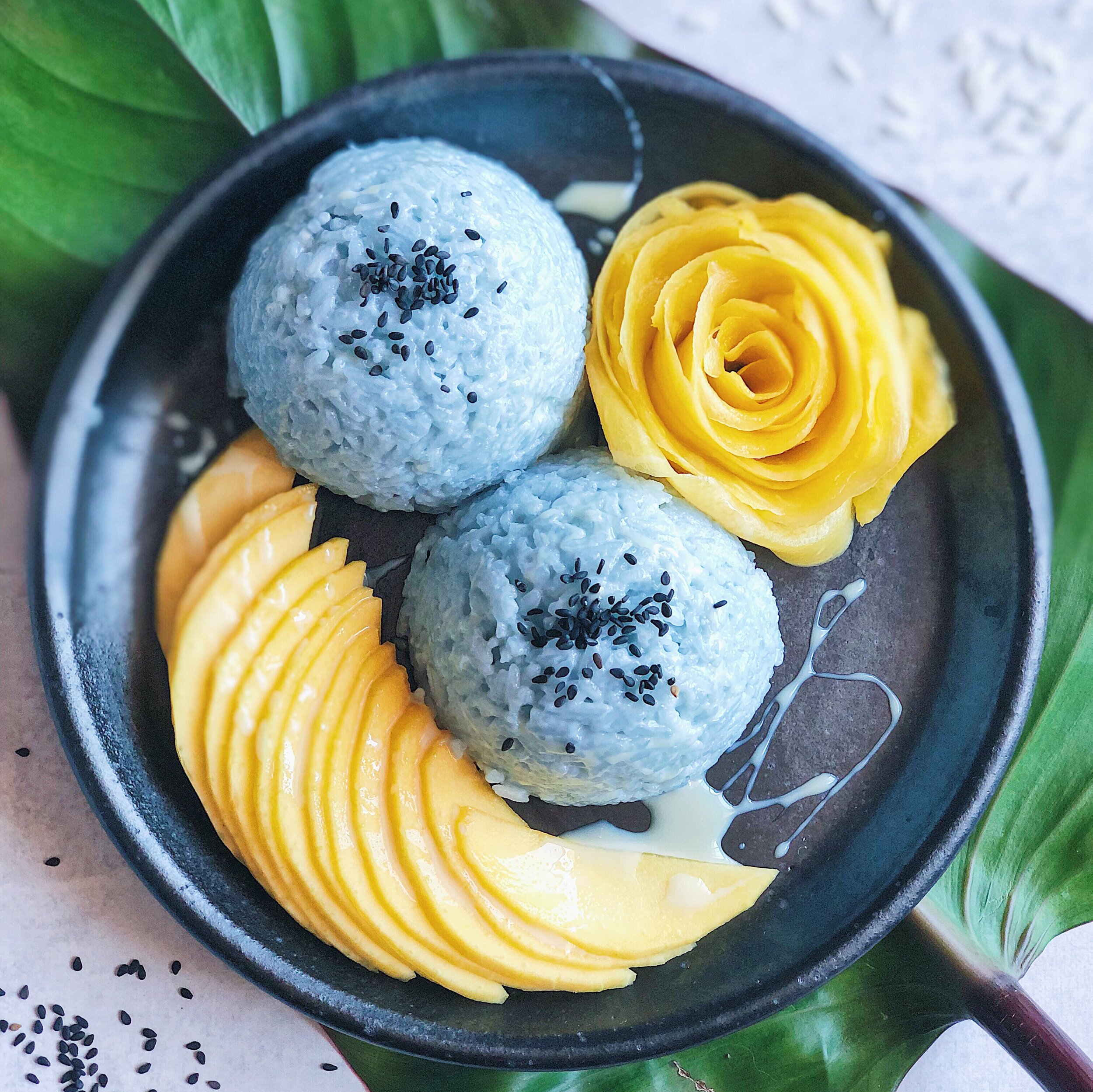Recipe: Mashed Potatoes on Toast!
/I make extra mashed potatoes for Thanksgiving on purpose in order to use the leftovers for this toast.
I wish I could take credit for this genius idea but even I would never be so brazen as to put mashed potatoes and toast (the two best food groups of all time) together on my own. No—this is my copycat version of the Mash Up at @sprocoffeelab, a super cute coffee stand in San Francisco run by really nice people.
My version is topped with super-runny, Malaysian-style half-boiled eggs—iconic to my childhood but totally underrated everywhere else. I use these in place of “sous-vide” eggs because they have quite a similar texture and I don’t have a sous-vide device. However, regular poached eggs would also be great here if that’s your preferred method.
How to Make Mashed Potatoes on Toast
Ingredients for the Toast
2 slices of sourdough bread
1/2 cup-ish leftover mashed potatoes (the more garlicky, the better; bonus points if they also contain parm)
2 eggs
olive oil
For Garnishes
Use whatever you want or whatever you have lying around that looks pretty, depending on your priorities. For greens, I used a combination of stuff growing in my backyard and pea shoots that a random neighbor decided to plant in the communal planter in front of my house. An approximation of what is shown in the photo is as follows:
1 tbsp chives, chopped
1/4 cup mix of pea shoots, parsley, sorrel, nasturtium
1 tbsp pomegranate seeds
a few sprinkles of furikake
a few sprinkles of togarashi
Procedure
How to make Malaysian-style half-boiled eggs: Bring a small pot of water to a rolling boil. Gently lower the eggs into the pot and shut off the heat. Let the eggs cook for 8 minutes. Remove from pot and place in an ice bath to stop the cooking.
Heat some olive oil in a skillet on medium heat and toast the sourdough slices to your liking.
Meanwhile, reheat the leftover mashed potatoes.
Carefully crack open the half-boiled eggs and use a small spoon to loosen the egg whites from the shells. Pour each egg into a small bowl.
To assemble, scoop some mashed potatoes in a mound onto each piece of toast, then use your spoon to shape them into a nest that can contain the egg. Gently pour an egg into each nest. Season to your liking with furikake and togarashi seasonings. Top the eggs with chopped chives. Pile the rest of the green garnishes in the middle and finish with pomegranate seeds.









